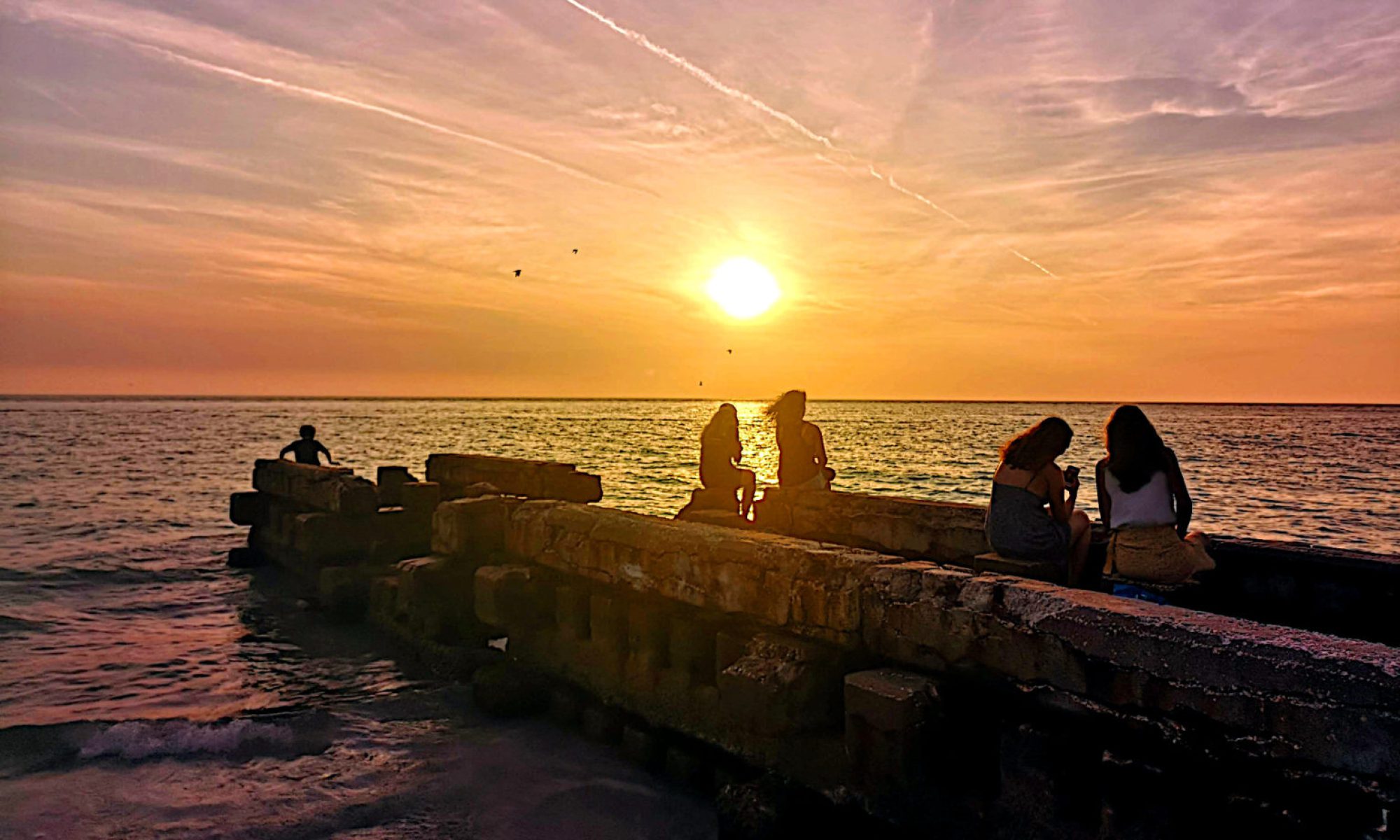
From Guan Yang in Why Is This Interesting: “The Most Serene Republic of Venice (726-1797) was a major commercial and maritime power. In addition to the famous lagoon city in Northeastern Italy, Venice ruled territories and islands stretching all the way down to Crete. Venice’s head of state was the Doge, or Doxe in Venetian (not the shiba inu based meme, or the related cryptocurrency). The doge was chosen with rules first adopted in 1268 and used, with few changes, until the last election in 1789.
Thirty members of the Great Council, chosen by lot, were reduced by lot to nine; the nine chose forty and the forty were reduced by lot to twelve, who chose twenty-five. The twenty-five were reduced by lot to nine, and the nine elected forty-five. These forty-five were once more reduced by lot to eleven, and the eleven finally chose the forty-one who elected the doge. Election required at least twenty-five votes out of forty-one, nine votes out of eleven or twelve, or seven votes out of nine electors.
Neither papal conclave nor the system used to select the president of the United States can hold a candle to this harebrained scheme. So why did the Venetians make it so complicated, and why did the system survive so long? The standard explanation for the complex selection procedure is that it prevented powerful families from applying undue pressure to elect their preferred candidates without majority support. (Being doge was quite costly, and the powers of the office were later curtailed, so some powerful men tried to avoid election, using the same tricks used to get elected.)”
